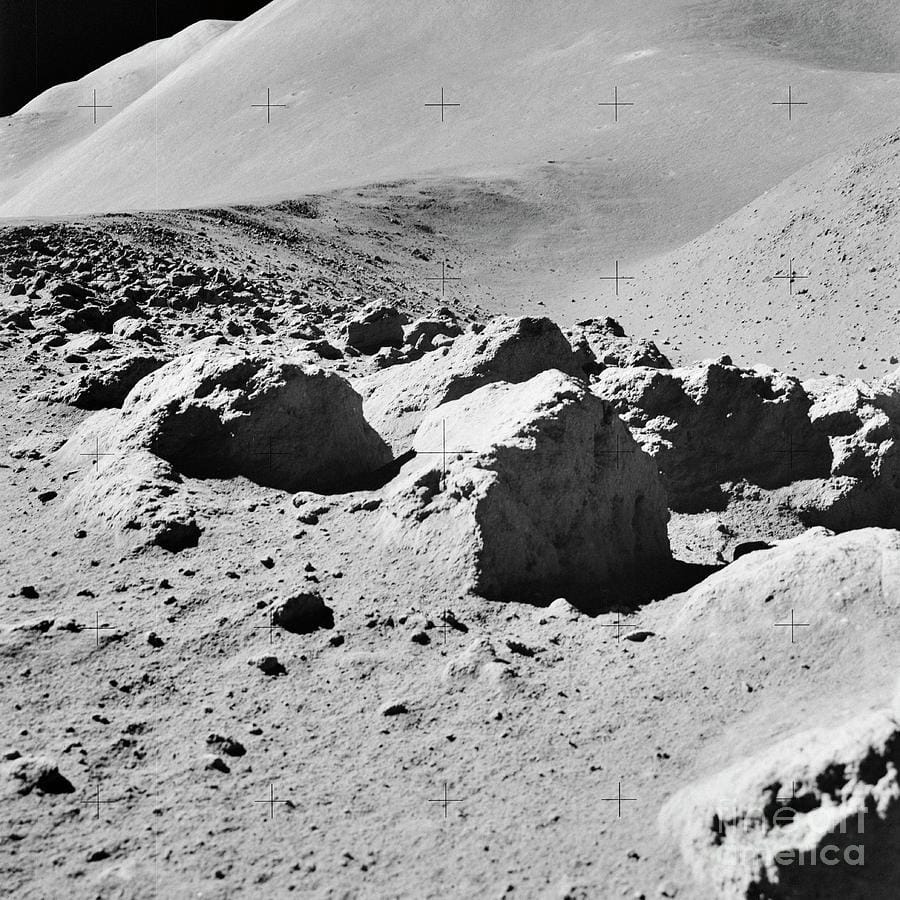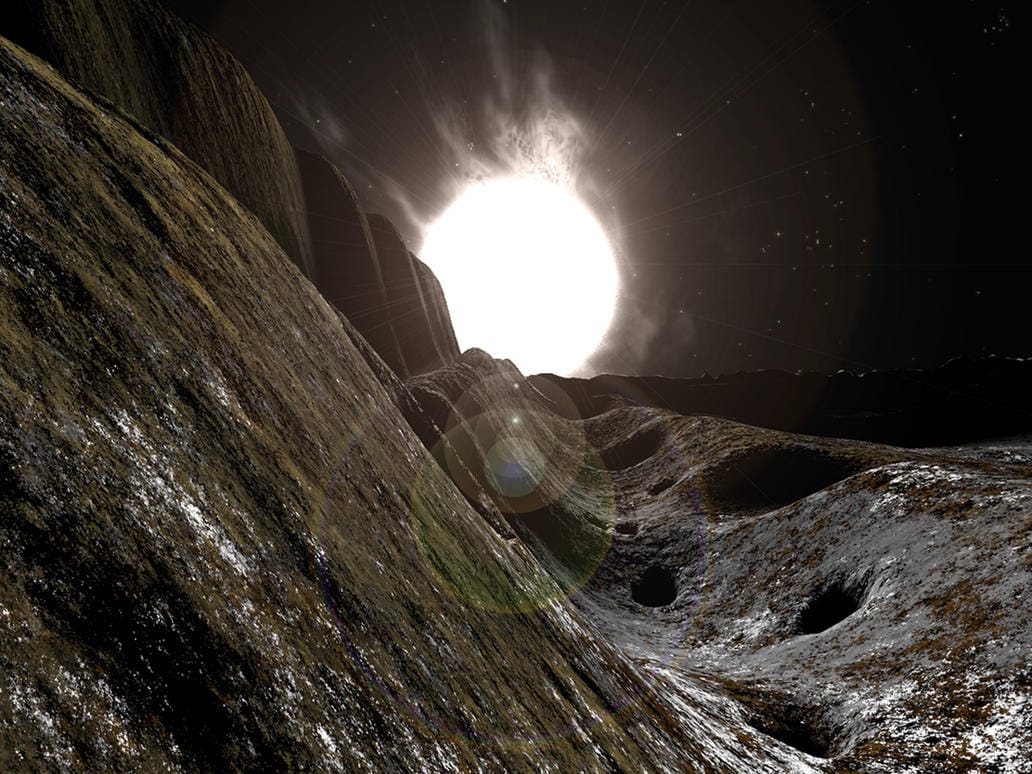NASA is poised to launch its Lunar Trailblazer mission in 2025, marking a significant step in the agency’s ongoing efforts to explore the Moon and its resources. This micromission is designed to provide detailed macromeasurements of the lunar surface, focusing on critical aspects such as the distribution of water ice and other materials that may prove vital for future exploration initiatives.
The Lunar Trailblazer mission will utilize state-of-the-art instruments to gather data on the Moon’s surface composition. One of the primary objectives of the mission is to locate and analyze water ice deposits, which are believed to exist in permanently shadowed regions of the lunar poles. Understanding the distribution and concentration of water ice is crucial, as it can support future human missions and serve as a resource for sustaining life on the Moon.
The mission will be equipped with a suite of scientific instruments that will enable it to conduct high-resolution mapping of the lunar surface. These instruments include a thermal infrared spectrometer, which will help identify the mineralogical composition of the lunar regolith, and a compact imaging spectrometer, which will provide detailed information about the surface’s reflectance properties. By employing these advanced technologies, Lunar Trailblazer aims to create a comprehensive map of the Moon’s surface materials.
In addition to its focus on water ice, the Lunar Trailblazer mission will also investigate other resources that could be beneficial for future lunar exploration. This includes the analysis of various minerals and elements that may be present on the Moon. The data collected during this mission will not only enhance our understanding of the Moon’s geology but also inform the development of technologies and strategies for utilizing these resources in future missions.
NASA’s Lunar Trailblazer is part of a broader initiative to return humans to the Moon under the Artemis program. The insights gained from this mission will play a crucial role in preparing for sustained human presence on the lunar surface. By understanding the Moon’s resources and environmental conditions, NASA can better plan for the challenges of long-term lunar habitation.
The mission is being developed by a team of scientists and engineers at NASA’s Jet Propulsion Laboratory (JPL) in collaboration with various academic and industry partners. The team is committed to ensuring that the Lunar Trailblazer mission is cost-effective and efficient, leveraging existing technologies and expertise to achieve its scientific goals.
One of the key features of the Lunar Trailblazer mission is its relatively small size and budget, which is characteristic of micromissions. This approach allows NASA to conduct important scientific investigations without the extensive resources typically required for larger missions. The micromission model is becoming increasingly popular within NASA, as it enables the agency to explore new frontiers in space science while managing costs and timelines effectively.
As the launch date approaches, the team is focused on finalizing the mission’s design and preparing for the various phases of development and testing. The Lunar Trailblazer is expected to launch aboard a rocket that will place it in a low lunar orbit, allowing it to conduct its observations and measurements from a strategic vantage point.
The data collected during the Lunar Trailblazer mission will be made available to the broader scientific community, promoting collaboration and further research into lunar science. By sharing this information, NASA aims to foster a deeper understanding of the Moon and its potential as a site for future exploration and habitation.
In conclusion, NASA’s Lunar Trailblazer mission represents an important advancement in the agency’s efforts to explore the Moon and its resources. Scheduled for launch in 2025, this micromission will conduct comprehensive macromeasurements of the lunar surface, focusing on water ice distribution and other essential materials. The findings from this mission are anticipated to provide valuable insights that will support future lunar exploration initiatives and contribute to humanity’s long-term goals in space.


